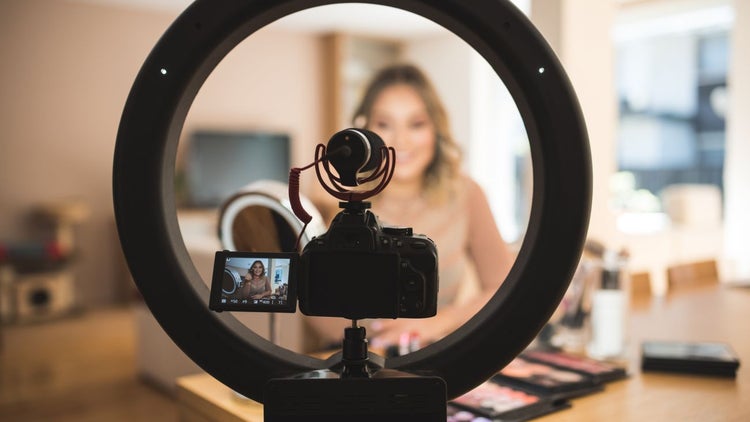Fifteen years ago, people started finding fame and making a living simply by being themselves on the internet. This phenomenon began with the proliferation of social platforms, Myspace being one of the first.
In those early days, Alec Shankman launched a new department at Abrams Artists Agency focused on alternative programming, unscripted television, and shortly thereafter, digital and social media. A new type of client had emerged, seeking help navigating a new type of success and extending it into the offline realm. Then in 2005, YouTube launched, and even bigger opportunities began to take shape.
Shankman left Abrams between 2009 and 2014, during which time he founded and ran an incubator for digital and social media talent, as well as spent some time at another agency. In 2009, he says, a YouTube creator’s best hope for success outside of the platform was to be cast in or sell the rights to a web series, forfeiting ownership of any project they were a part of.
Related: 20 Things You Should Know About What It's Really Like to Be a YouTuber
By 2012, “check sizes were becoming much more real,” Shankman says of the kinds of deals and partnerships YouTube creators were landing. Talent also began to maintain ownership and distribution of their own content. The opportunities have grown exponentially from there.
“Every year since then, more brands, more ad agencies, more PR firms have become more and more comfortable with trusting influencers and creators,” says Shankman, who rejoined his former department at Abrams in 2014 and has since grown it from a team of two to 14 that represents 150 clients (including gaming and esports talent).
Now that YouTube has been proven a viable launchpad to success by countless creators, many have flocked to the platform to replicate the formula themselves. But the standards continue to evolve. More importantly, what viewers see in an edited video doesn’t tell the full story behind how a creator achieved a high subscriber count or coveted brand deal.
Entrepreneur spoke to Shankman and three YouTubers -- Jackie Aina, Deepica Mutyala and Tess Christine -- about how to be successful on YouTube in 2018. (Aina and Mutyala are Abrams clients.) Click through for the tips they shared.
Related video: 3 Simple Tips to Make Your YouTube Page Look Way More Professional








